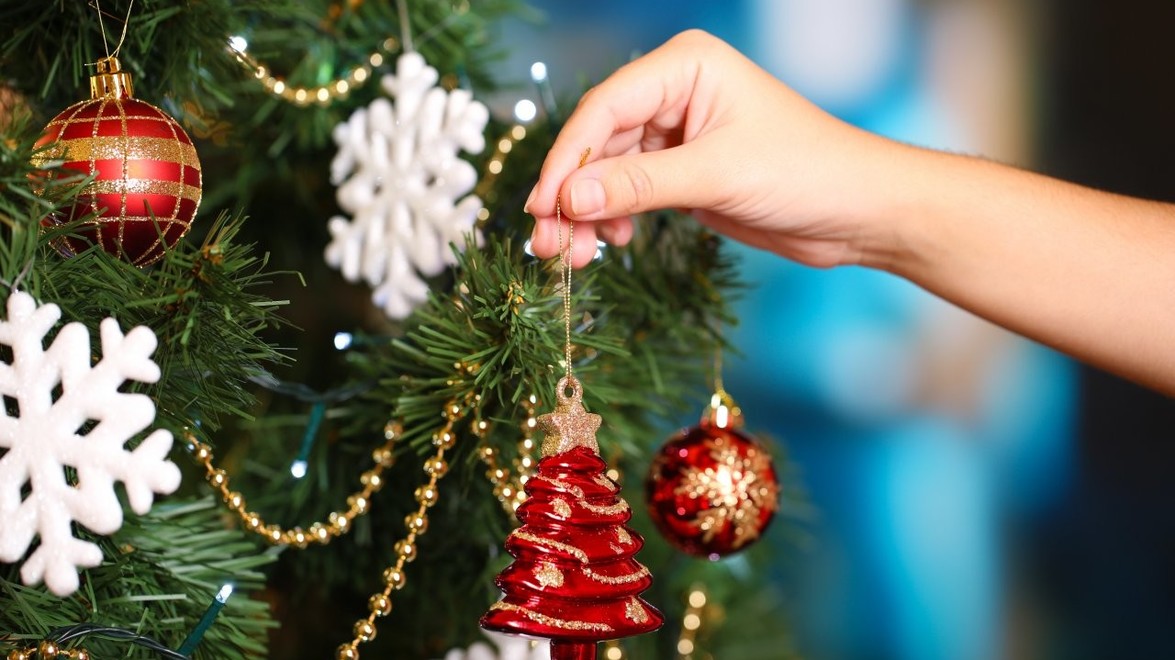
Which one is more environmentally friendly?
How can each of us make a positive impact on the environment during the holidays? Christmas trees are an investment whether fresh or artificial so we can decorate our homes for the holidays. So which is better in the long run?
The two main points that are always brought up when I have this discussion are, for fresh trees: supporting our economy and buying a living tree that releases oxygen improving air quality. For artificial: buy a tree once and it becomes reusable year after year. These are valid opinions for each side but what are the facts?
Fresh-cut Trees:
- Christmas trees are grown on farms by growers (not from forests), supporting our economy and only harvested every 10 years
- Ontario grown trees are available, however nurseries also ship in trees from the east and west coast – fossil fuels required for transportation
- Living trees contribute to our air quality absorbing carbon dioxide and emitting oxygen
- These trees can remove up to 13 tons of airborne pollutants per acre per year
- Increase wildlife species and diversity, especially if planted next to an open field or forest
- 28,315 hectares of farmland devoted to growing Christmas trees in Canada (in 2012) – that’s a lot of oxygen!
- $1,738,212 (in 2012) – total value of fresh-cut trees sold in Canada
- Can be recycled – either chipped and used as mulch or used for restoration projects
Artificial Trees:
- Cheap, reusable and convenient – especially if it comes with installed lights!
- Made from plastic polyvinyl chloride (PVC); in production of PVC the toxic chemical dioxin is released into the environment
- PVC contains hormone disrupting plastic softeners called phthalates
- Primarily produced in Chinese factories – shipped to Canada (large amounts of fossil fuels used to create and ship this product)
- Supporting China’s economy with smaller percentage of trees imported from Thailand, U.S., Mexico and Vietnam
- Average lifespan in the household is 6-9 years
- $47 million – value of artificial trees imported to Canada – more than $46 million of that came from China (in 2012)
- These trees cannot be recycled and fill up our landfills!
In researching these facts, finding out that we discard our artificial trees after only 6-9 years was surprising. My family has a small tree that we have had for at least 25 years! The thought of how many artificial trees go to the landfill is pretty shocking to me, especially knowing that a plastic bag takes about 1000 years to decompose.
So which is better? When I read through all the pros and cons of both sides I cannot ignore are all the benefits a real tree gives back to the environment. Yes it’s true, there are fossil fuels used to cut down the tree, transport it from the farm all the way to our homes but upon reading that 13 tons of airborne pollutants are removed from an acre per year is pretty incredible. Now multiply that times ten because that acre of farmland won’t be harvested for ten years! I think it’s safe to say that those fossil fuels get cancelled out…I can’t say the same for the artificial trees.
I am also happy to share just one of the many ways our trees can help with local environmental restoration, for example, the Royal Botanical Gardens uses berms of Christmas trees to maintain wetland wildlife habitats.
Check out this link for a video:
http://www.chch.com/where-to-plant-your-used-christmas-tree/
Lastly, even though this blog post is geared toward the environment, I can’t help but think of those 28,315 hectares of farmland that are filled with Christmas trees and all the growers who dedicate their livelihood to growing all those trees just so that every year each of us can have one for Christmas.
I hope this post informs and influences you to make a better, more informed decision when purchasing a tree this year.
Merry Christmas and happy holidays!
Andrea
Post contributed by Andrea Weddum, Landscape Designer
For any questions or comments please comment on our
Facebook page.
References:
http://www.chch.com/where-to-plant-your-used-christmas-tree/
http://www.cbc.ca/news/business/7-facts-and-figures-about-christmas-trees-in-canada-1.1192646
http://www.realchristmastrees.org/dnn/Education/FakeTrees.aspx
http://www.rodalesorganiclife.com/wellbeing/christmas-tree-dilemma-real-or-fake
